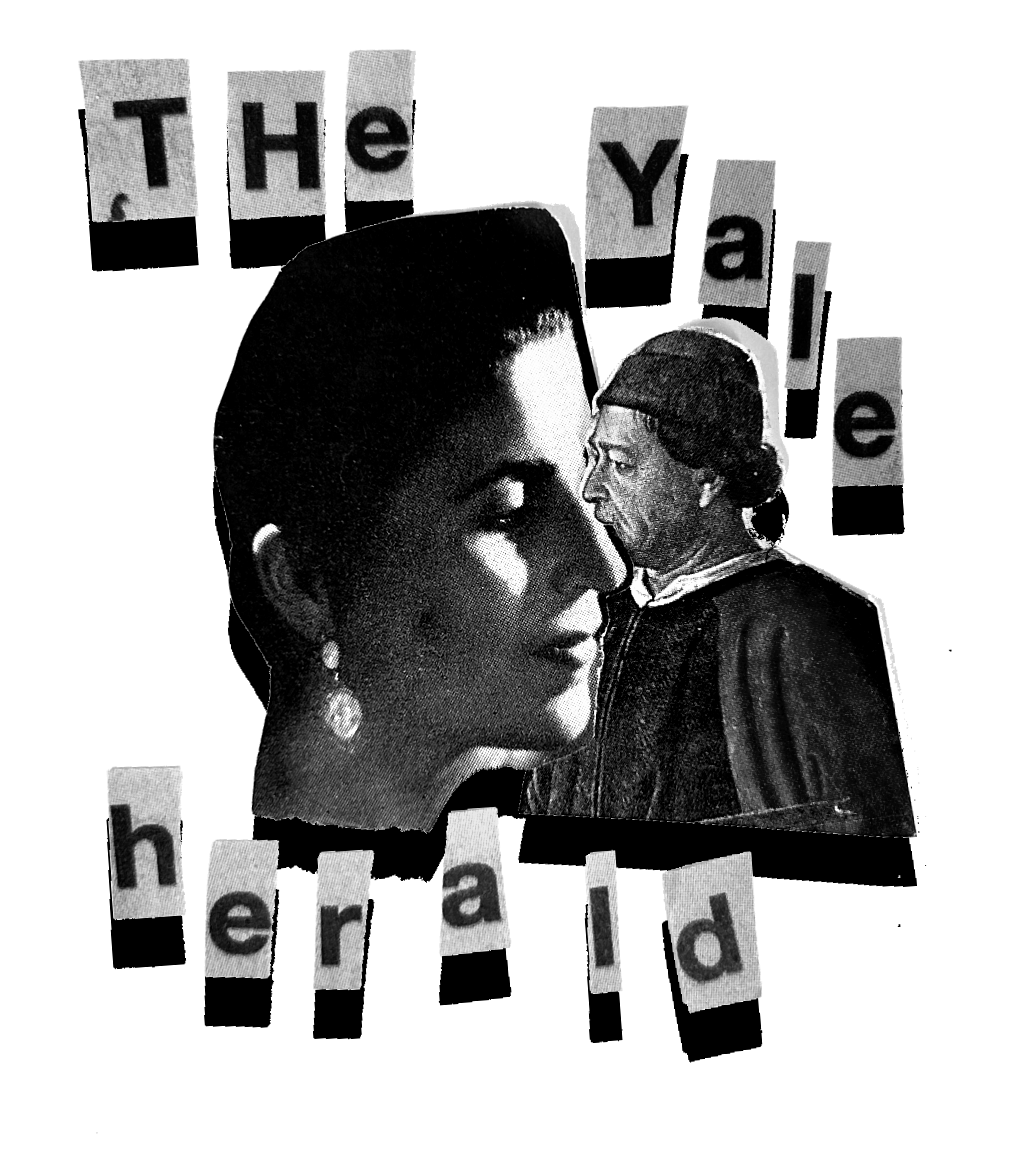After months in a friend’s storage unit, my gilded and unreasonably ornate mirror finally made its way into my new room. In the morning, I avoid its harsh reflection and head straight for the closet. The mirror’s gaze forces me to recognize the unadorned body I live in, but the closet offers me the chance to fashion together a new, presentable self. A dressed body.
I flipped through those planes of fabric I know so well, wondering what dressed body I would construct. I ignored the four T-shirts I owned, each one a thin drapery only the most oppressively hot New Haven days could force on me—besides, I had dinner plans. I figured that was a perfect reason to dress up and feel beautiful once again. Many of those items in my closet hold my fondest memories, callbacks to days when I was truly beautiful.
A vibrant, rust-colored work shirt stood out immediately. Paired with a pair of navy corduroy pants, this shirt was my armor during a scary, but happy, milestone about a year ago: my first real date. I haven’t worn it much since that day. It’s a coarser, sturdy material. After the date, it kept me warm as we walked through Old Campus and talked into the night. That day was perhaps when I felt most hopeful for love. But the puppy-love eyes that picked that outfit do not shine in that way now. I am not the same self I built that day. I do not know when I will be able to wear it again.
Flipping still, I came to a fraying, edgy black vest laden with raw hems. I picked it up from NOT CONVENTIONAL, a Japanese designer store while abroad this summer. Drawn in by the brand’s motto of “no gender, no border,” I stumbled my way through a Japanese conversation about unisex fashion and wafuku silhouettes, culminating in the purchase of that vest. Brassy zippers on the shoulders allow armhole-adjacent fabric to slip onto the bicep, creating an edgier, arguably more feminine silhouette. On the lapel sits a stainless steel pin shaped like a diamond with rounded edges. That pin belonged to my grandmother, Masako. The pairing of the vest from my first trip to Japan and the pin, a remnant which outlived my filial tie to Japan, feels fated. I left Osaka with a garment that was distinctly mine and still allowed me to keep a piece of Masako by my heart. It would be easy to pair with a plain shirt, but perhaps this was too sentimental for dinner.
With another screech of metal-hanger-against-bar, I came to a darling wool Oscar de la Renta blazer, its fibers a mix of chestnut, beige, and dark green. I picked it up in a thrift store a short drive away from my hometown of Effort, PA. My love for formal dress and thrifted designer labels came into being as I grew up. I remained obsessed with forming little ensembles through high school, and I was always one to avoid the unfortunate dress habits of local boys: the shabbiness of a synthetic polo shirt, the blandness of a fleece sweatpant, the dude-bro masculinity of a baggy boxer. Having this blazer in front of me made me feel a strange mix of pride and relief. To rescue that garment from the roughness of rural Pennsylvania meant that, maybe, there was plenty of hope for me to be beautiful again too. And yet, the hot day begged me to stick with one layer.
I came to a stone-colored banded-collar button-down from MUJI; its strange discoloration had caught my attention. Spots on the front placket and the entirety of the left cuff had been turned a pale orange. It was bleach. The benzoyl peroxide of my facial cream had been bleaching my clothes in bits for a year, and I had recently discovered the source. This shirt was one more victim. My pursuit of cutaneous beauty had rendered much of my wardrobe, my second skin, visibly imperfect. Even if no one were to know that my skincare routine had caused it, I could not forget. These garments were marked by my desire to construct a self with a flawless appearance. Once again, I was once forced to face my imperfections.
We construct selves everyday. With whatever image we project in appearance and behavior, we construct a self which is both the intentional product separate from—and an undetachable facet internal to—our genuine selves. I employ dress to chase moments of feeling beautiful. Through dress, the constructed and genuine selves seem to play together. The genuine brings the constructed to life; the constructed presents the genuine with a memory; and, the cycle repeats with that string of memories forever binding the two. Just as I had tailored my dress to create memories of beauty, those memories cemented themselves within me, imparting their beauty onto me.
I put on the bleach-stained shirt.
Having finished forming this dressed body, I return to my mirror. I see this figure before me, constructed and genuine, for all of its desires and imperfections. The bleaching had cemented myself as a part of the shirt, and I now adopted the shirt as a part of myself. The boundary between the material and cutaneous layers of my dressed body become blurrier. Yet, looking at this dressed body before me, I feel increasingly comfortable saying that it is myself, and that it is beautiful.




